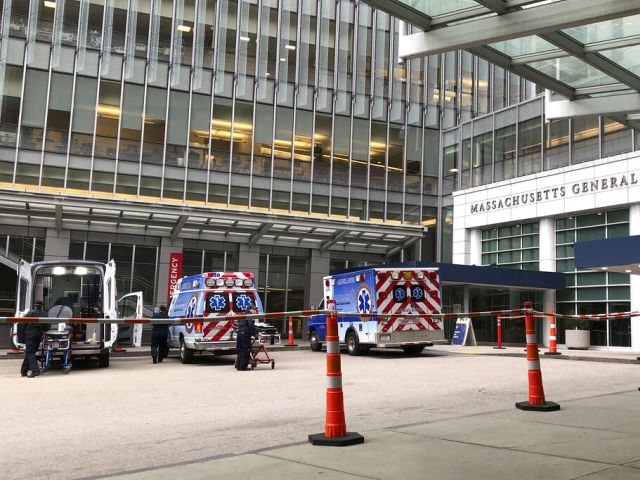Individuals with chronic obstructive pulmonary disease or asthma can experience reduced oxygen levels in their blood when traveling by airplane, which can be problematic. Dr. Dang Thanh Do from the Department of Respiratory Medicine at Tam Anh General Hospital in Hanoi warns that the dry air inside airplane cabins and low atmospheric pressure can complicate respiratory conditions such as pneumothorax and venous thromboembolism, especially during long flights.
Therefore, it is crucial for patients with moderate to severe chronic obstructive pulmonary disease, severe asthma, congenital lung cysts, pneumothorax, hypoxemia, or increased carbonic anhydride levels to carefully assess their health status before flying. Those recently discharged from the hospital within 6 weeks for acute respiratory failure, with a history of venous thromboembolism, receiving oxygen support or artificial ventilation, or being treated for otitis media should also undergo a health evaluation before air travel.
Respiratory diseases that can be contagious to others should be avoided when flying until fully recovered. Patients with chronic lung diseases or difficulty breathing with physical exertion should check their oxygen saturation levels before flying. Additionally, individuals requiring supplemental oxygen during flights can contact airlines to inquire about oxygen supply options, which may come with additional fees based on regulations.
Smoking can further impact oxygen levels in the blood and should be avoided by patients with respiratory conditions. Preparation of preventive medications for underlying diseases and familiarity with airline regulations regarding carrying medications are crucial before flying. Consulting a healthcare provider if there are concerns about flying due to an existing condition is advisable, and taking necessary precautions can help patients travel safely by plane.
In conclusion, traveling by airplane can pose risks to individuals with respiratory conditions such as pneumothorax and venous thromboembolism. However, careful planning and preparation can help patients travel safely by plane while minimizing potential complications associated with low atmospheric pressure and dry cabin air.



